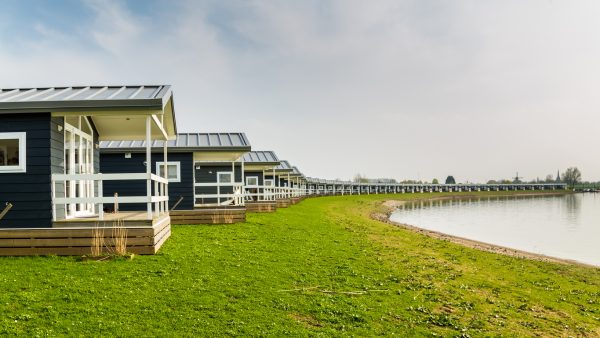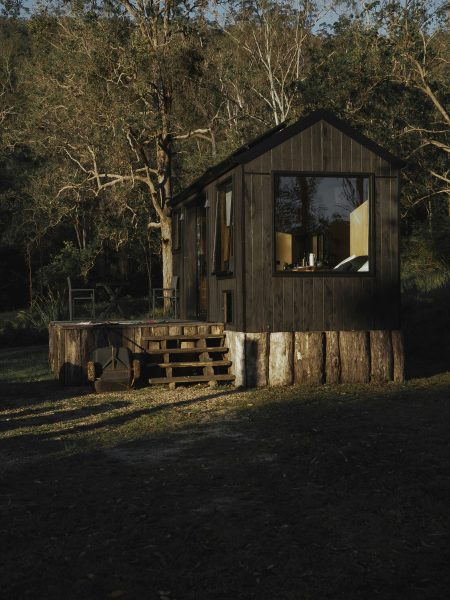In the old days, modular homes featured straightforward floor plans that had no flexibility at all. But, the modular cabins of today provide you with more flexibility than ever, making them an efficient solution for holiday parks, retreats, and resorts. The customizable aspects of today’s modular cabins offer developers endless opportunities to create spaces that feel unique, warm, and tailored to a particular natural experience. Let’s take a closer look at the process of customizing your modular cabin.
Understanding the Basics: What is a Modular Cabin?
Before we can begin to talk about the customization aspects, it’s important to understand what makes modular cabins so popular. Modular cabins are prefabricated structures that are created in single or multiple sections known as modules. These structures are fabricated within a factory environment which helps to reduce the construction time, cost, and impact on the environment. As a result, it’s an ideal candidate for large-scale accommodations at holiday parks and in retreat environments. And, since the cabins are constructed in a factory-controlled environment, the developers have far greater flexibility in the design, finishes, and material choices. As well as a reduced build time, without any hindrance from weather.
Choosing the Right Modular Cabin Floor Plans
One of the first steps when choosing the right modular cabin for your project is deciding what type of floor plan you are looking for. Most manufacturers provide you with a large assortment of different floor plans that will function as the backbone of your design. These floor plans will ultimately dictate the flow, layout, and functionality of the space.
Basic Layouts: Open or Compartmentalized?
When choosing the right modular cabin floor plan, you need to decide whether you would prefer an open or compartmentalized layout.
Open Layouts
With an open floor plan, the modular cabin will feel more spacious and allow for a seamless flow between the different areas throughout. There will be less constriction as you move from the various living spaces into the dining room or kitchen areas. These types of cabins are perfect for couples and solo travelers. Open floor plans create an airy and more welcoming environment, but they lack the privacy found in compartmentalized layouts.
Compartmentalized Layouts
The compartmentalized layouts are perfect for groups and families. These modular cabins offer a little bit of privacy by subdividing the cabin into distinct areas. Compartmentalized layouts will provide you with multiple bedrooms, bathrooms, and various living spaces that allow guests to have more privacy as they unwind.
Multi-Room or Studio Design?
Of course, when choosing either an open or compartmentalized layout, you must also decide whether you want to create a studio or multiroom structure. The layout that you choose will highly depend on the target guest profile and their expected usage.
Studio Designs
Studio designs are the most popular option for single guests or couples. They can save a lot of space by maximizing utility. Studio modular cabins are perfect for those looking to emphasize a more minimalistic lifestyle. With a studio design, there is no separation between living spaces, as all common areas are shared within the cabin.
Multi-Room Layouts
However, if you need cabins that provide separate bedrooms, bathrooms, and living spaces, then you will need to look at multiroom floor plans. These larger modular cabins are designed for families and large groups. They are created to provide both comfort as well as privacy for each individual or couple.
Outdoor Spaces in the Floor Plan
Another thing you will find when looking through the various modular cabin designs that are available today is that while some units provide outdoor spaces, others do not.
Decks and Patios
There are a number of excellent designs that include built-in decks or patios that provide guests with an outdoor area to relax in. Although it’s possible to build a deck or patio after the modular cabin is installed, choosing models that have their own built-in outdoor spaces can reduce your upfront costs.
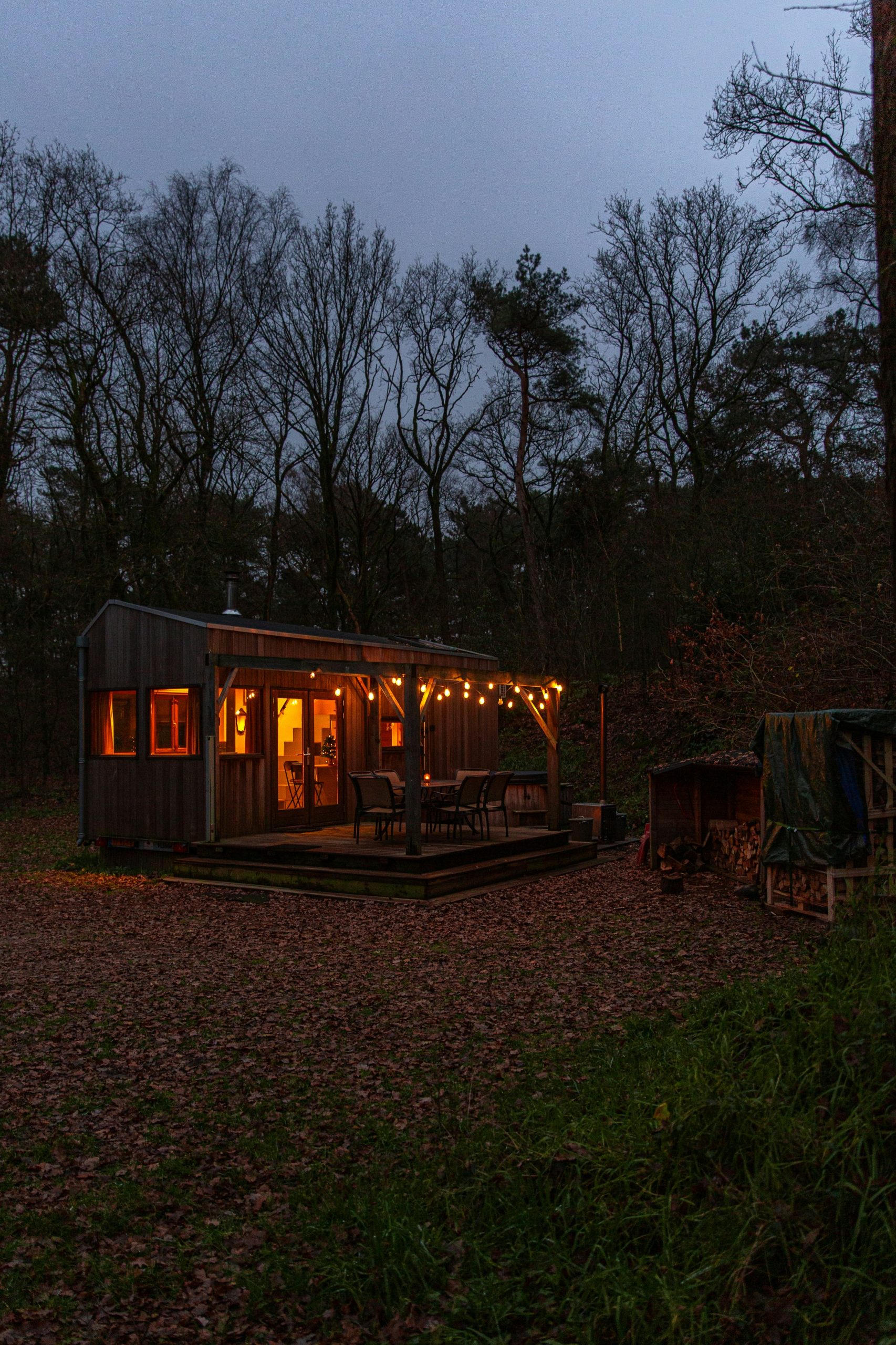
Balconies or Rooftop Terraces
When dealing with multi-floor modular cabins, you may also want to look at models that offer either a balcony or a rooftop terrace. These can provide your guests with sweeping views of the surrounding natural landscape.
Selecting Custom Modular Cabin Designs
Today’s modular cabin designs go well beyond the basics as they allow you to tweak the structure and aesthetics to fit the environment or the theme of your project.
Exterior Aesthetic: Matching Environment and Branding
When choosing a cabin design, you will need to consider the aesthetics of the cabin’s exterior. Luckily, most modular cabin manufacturers will allow you to choose from a wide array of different exterior finishes, that will provide you with a more cohesive look throughout your holiday park or retreat.
Rustic Cabins
One of the most common finishes is timber cladding. These rustic cabins provide your guests with earthy tones that are perfect for nature-inspired retreats. Choosing a rustic design that will blend seamlessly with the surrounding landscape, can help to improve the experience your guests receive.
Modern Styles
Then again, you may also want to choose a sleeker and more minimalistic design. Modern-style modular cabins have sharp lines and neutral colors that offer a more contemporary feel. These cabin designs are more appealing to younger guests or those who come from major cities.
Classic Coastal
Of course, if you are planning on building a retreat near the coast, then you might want to consider a more classic design that features lighter colors, durable materials, and large windows. Countless designs are specifically tailored to beachside locations, which can improve your guest’s overall experience.
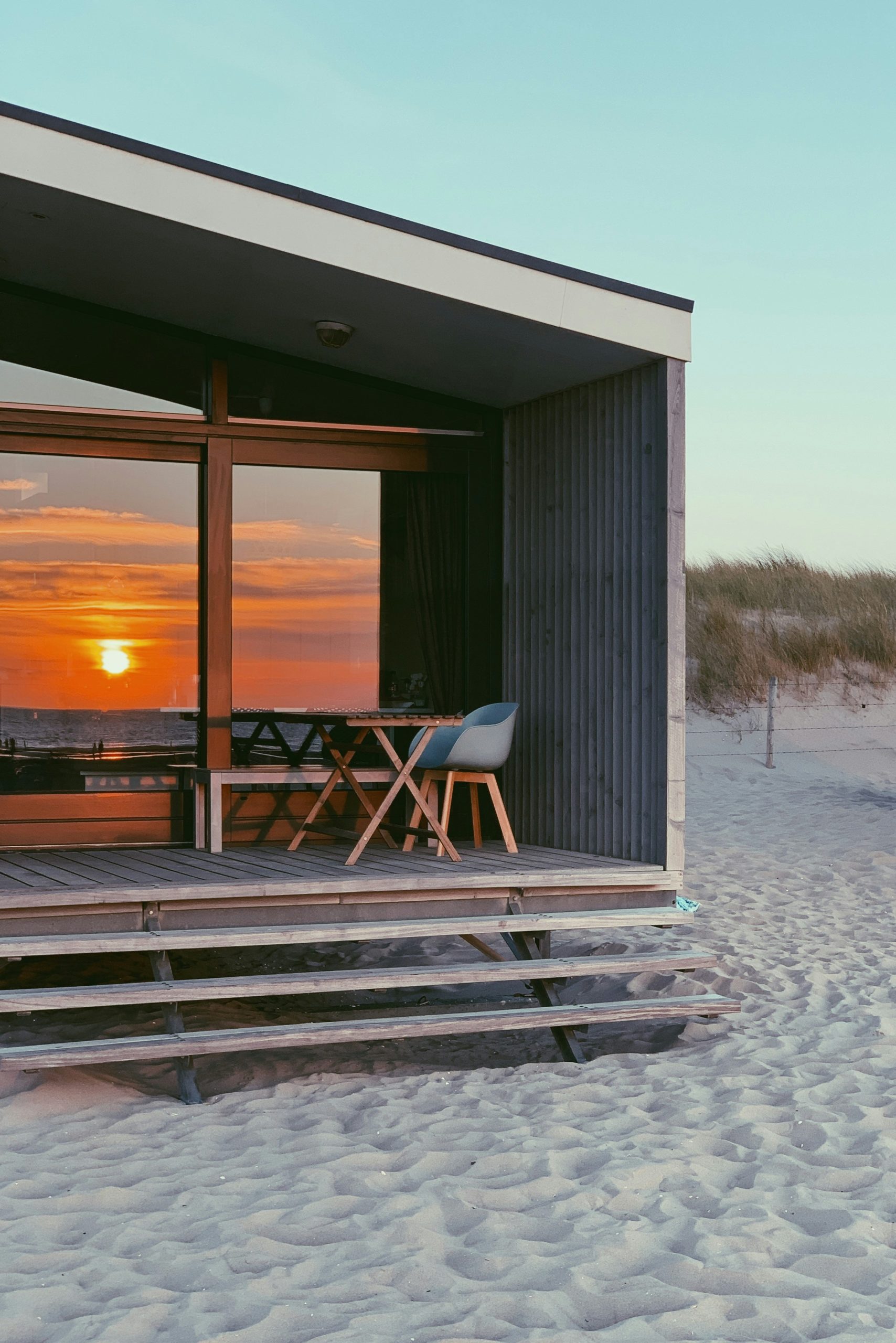
Modular Cabin Add-Ons: Customizing with Modular Extensions
And, we can’t forget to also talk about the many add-ons that make modular cabins an even more flexible option.
Extra Rooms
For starters, you may be able to add additional rooms to your design. This could be something as simple as adding additional bedrooms, bathrooms, or even a small study area.
Connecting Cabins
At the same time, if you are creating a development that will focus on larger groups, then you may want to consider connecting the cabins by pathways, or even shared spaces. This will give your guests more flexibility when deciding how best to relax in both the communal and private spaces.
Interior Design Choices and Finishing Touches
When it comes to interior design choices and finishing touches, this is where modular cabins can be completely customized.
Flooring and Wall Treatments
You will have many options for customizing the interior of your modular cabin, especially when it comes to the floor and wall treatments.
Flooring
While many people assume that modular cabins only offer carpeted flooring, this is far from the truth. Not only can you choose from carpet, but you also have other options such as laminate, tile, and even hardwood flooring. In fact, the options are practically endless when it comes to flooring choices.
Wall Treatments
At the same time, you could have the interior of your modular cabin simply painted in a soft neutral tone to create a calming atmosphere. Or, you may want to have the walls covered in reclaimed wood to add texture or character. For a classier cabin, why not ask about wainscoting options?
Lighting Design
Interior-wise, lighting plays a critical role in creating the perfect atmosphere. The right lighting can help a space feel much larger and more welcoming.
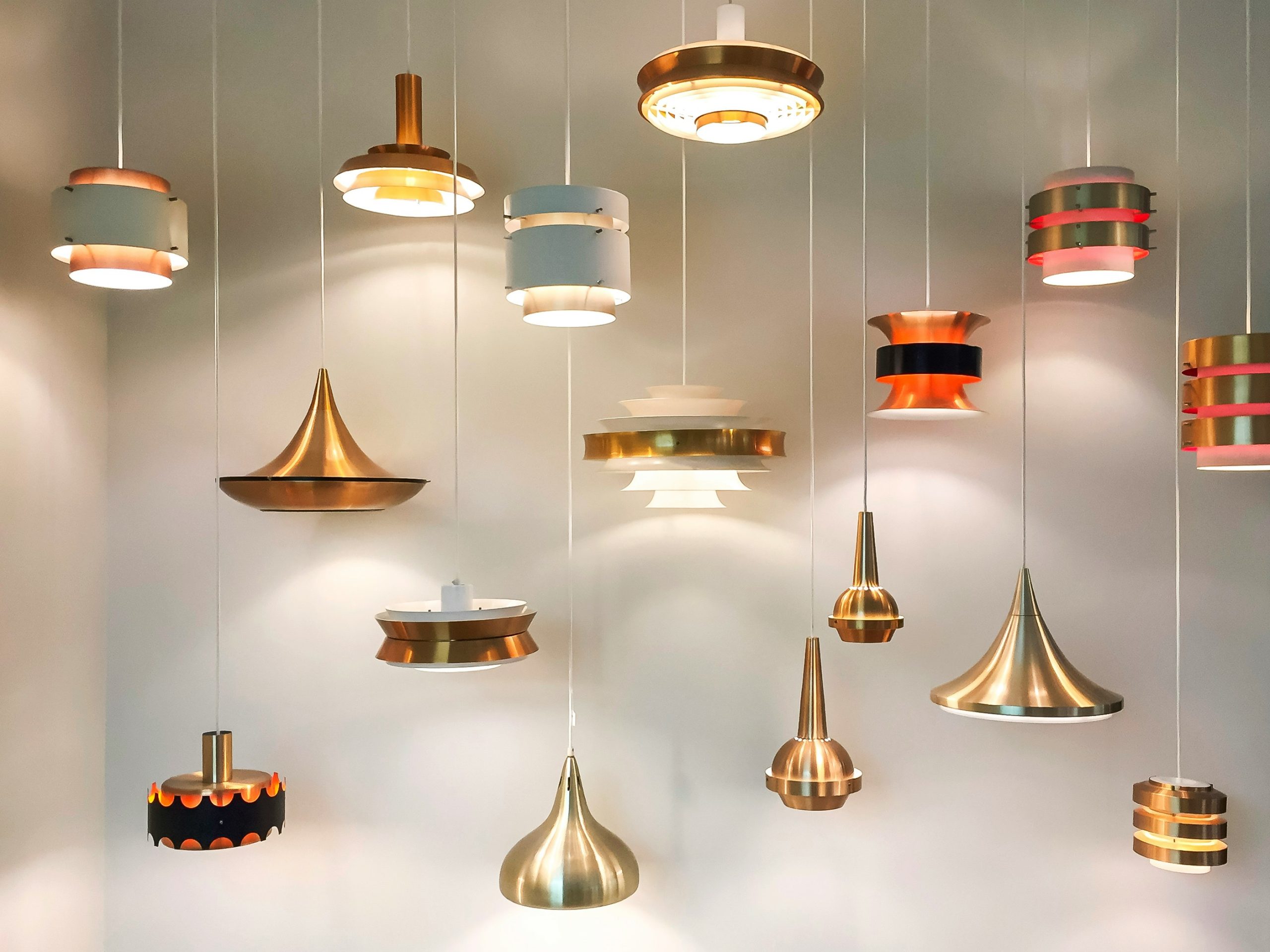
Ambient Lighting
One of the first things that comes to mind when we talk about lighting in today’s modular cabins, is the use of ambient lighting systems. Ambient lights are recessed lights that are often mounted outside of the direct view of your guests. When turned on they cause the interior of the cabin to appear as if it is glowing.
Task Lighting
You also need to incorporate the proper task lighting in areas throughout the cabin including kitchen countertops, reading nooks, and bathrooms. Any point within the cabin that requires functional illumination, should have some form of task lighting installed.
Accent Lighting
Lastly, you have accent lighting. Accent lighting includes things like sconces and pendant lights. They are designed to highlight the different architectural aspects of the cabin. For example, if your cabin design features a loft area, you may want to include accent lighting to highlight the ladder rungs up to the loft.
Furniture and Décor
When it comes to furniture and décor, many people simply assume that you will have to purchase your own after the cabin is installed. However, to maximize the utility of smaller cabin designs, these are often integrated with space-saving furniture and décor options.
Space-Saving Furniture
Smaller modular cabin designs will feature multifunctional furniture that is specifically created to maximize the limited space within the cabin. This can include foldable beds, stackable chairs, and modular sofas. Anything that’s not included in the design, you will have to either build yourself or purchase at a local big box store.
Custom Décor
At the same time, you may also want to look into purchasing artwork, plants, or other unique textiles that will help your modular cabin feel like they are part of the surrounding area. This will help to create a more memorable experience for your guests.
Eco-Friendly and Energy-Efficient Options
Sustainability is one of the biggest concerns for travelers and developers across the country. This is why more and more developers are turning to modular cabin construction. Not only do these cabins have a reduced environmental impact when compared to traditionally constructed designs, but they are also designed to incorporate a wide selection of eco-friendly options.
Energy-Efficient Insulation
Without question, most modular cabins already come with very efficient insulation installed. However, many manufacturers will also offer a premium insulation option. The higher the quality of the insulation, the better the cabin will be at staying warm during winter and cool during the summer. This will also reduce the cost of heating and cooling the cabin which will increase the profit potential for your project.
Solar Power and Water Collection
You may also opt to have solar panels installed, or a water collection system added onto your cabins. Many modular cabin designs today were created with a water collection system in mind. The manufacturers understand the importance of creating an environmentally friendly option for homeowners as well as developers, which is why their roofs are designed to channel the rainwater to a single collection point.
Eco-Friendly Materials
You will also have many options when it comes to materials that are used in the construction process. This can include sustainably sourced wood, recycled metals, as well as low-VOC paints. All of these will help to create a healthier and eco-conscious modular cabin interior.
Smart Technology Integration
In today’s fast-paced world, even those who are looking for a retreat from the hustle and bustle of inner-city life, still want access to smart technology in their accommodations. By incorporating smart features, you can enhance your guests’ experience, and give your cabins a more modern and luxurious touch.
Smart Thermostats
One of the first options when it comes to smart technology is the use of smart thermostats. Quality smart thermostats will allow your guest to control the cabin’s temperature easily, which will help to increase their comfort and save energy in the process.
Keyless Entry Systems
You may also opt for a keyless entry system which will help to enhance the security of the cabin and offer your guests more convenience. Having to deal with keys can be a hassle for any resort or retreat, which is why keyless entry systems are becoming so popular today.
Entertainment Options
Remember, many modular cabin designs are quite compact. And, as a result, you may want to look into installing smart TVs, wireless speakers, and high-speed Internet. This will add comfort and enjoyment to your guests’ stays, especially when you are located in a more remote region of the country.
Personalization for Guest Experience
Aesthetics and comfort are the most essential parts of planning for a modular cabin project. However, it’s also crucial to personalize the experience that your guests will have when they stay at your retreat. By personalizing each unit, you can create a better sense of intimacy and warmth. This will ensure that your guests feel valued and cared for.
Custom Welcome Packs
Try to stock the cabin with welcome packs featuring locally sourced goodies and branded materials. After all, when you build a holiday retreat, you want to make your guests feel as if they are immersing themselves in the local culture. Providing them with a welcome basket and a small booklet about the area’s attractions can improve their overall experience.
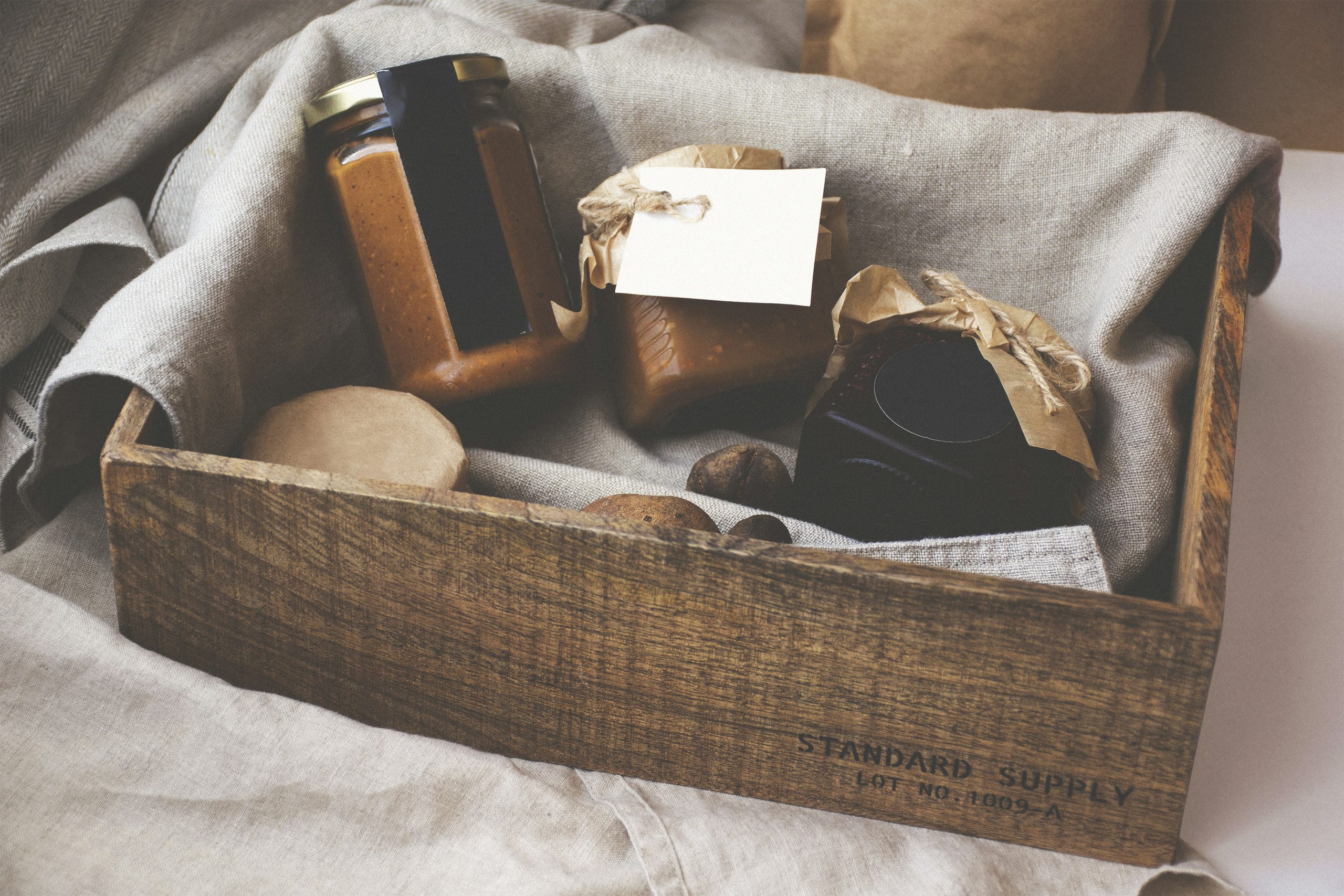
Flexible Bedding Arrangements
Many of your guests will be small families who may need flexible bedding arrangements. While most modular cabins will come with specifically designed sleeping areas, others do not. As a result, you will need to take into consideration the possible sleeping arrangements that your guests may need in the future. This can include bunk beds for kids and king-size beds for couples. A pull-out sofa bed option can transform a seating area into a bed when needed.
Seasonal Décor
At the same time, you may also want to change your décor regularly. Look for modular cabin designs that give you more freedom to change the interior of the cabin so as to provide your guests with a fresh experience each visit. This may include Summer-inspired accents, various holiday themes, as well as the ability to adjust the hues in order to enhance your guests’ experiences.
Maintenance and Long-Term Durability
In the end, modular cabins will need to be designed to withstand both time and usage. As a result, you will need to make your selection wisely and choose the most durable materials possible. It’s important to remember to inform the manufacturer of your intended purpose so that it can be designed with maintenance in mind.
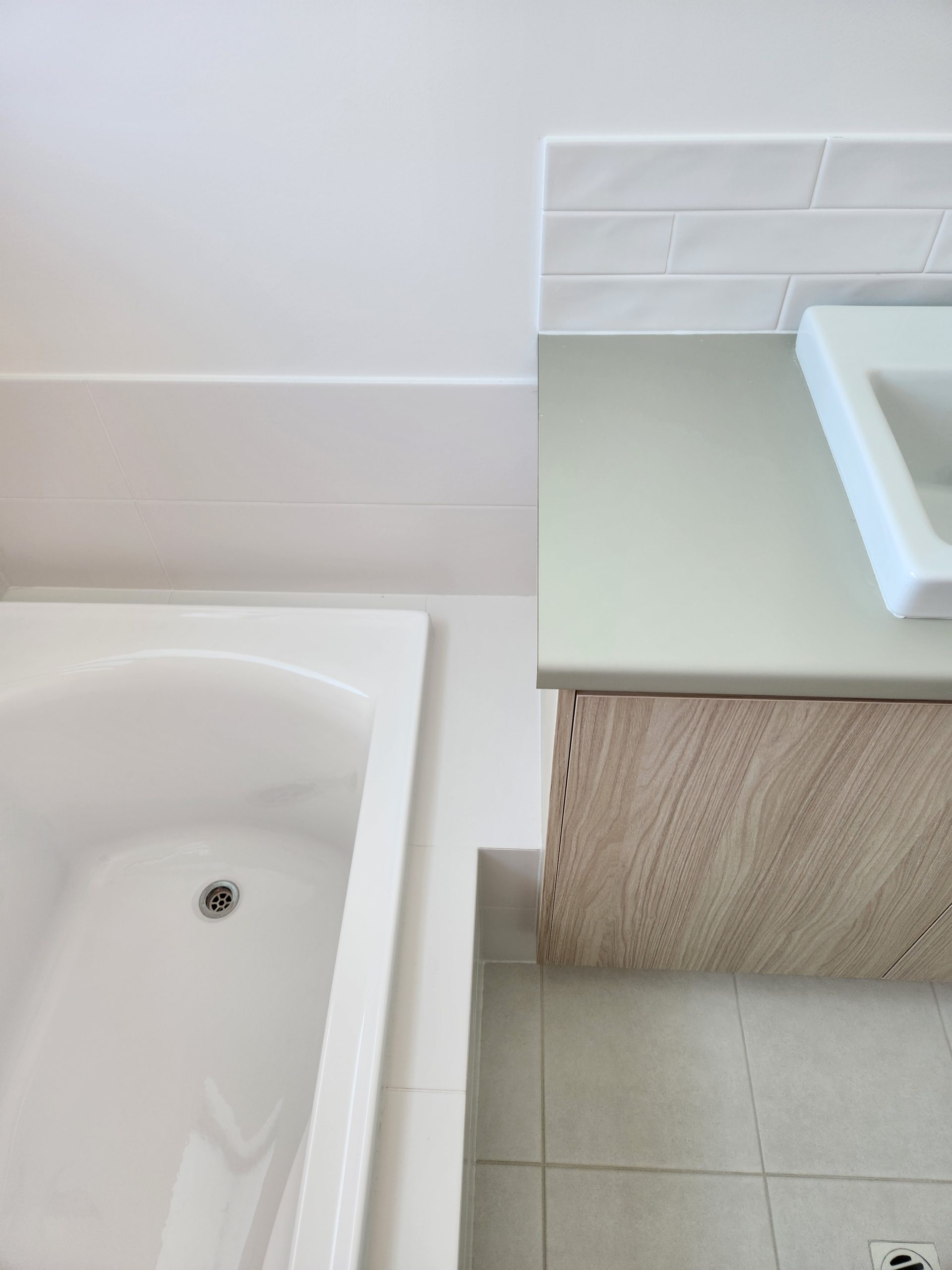
Low-Maintenance Materials
Wherever possible, you will want to choose materials like composite woods, engineered stone, and stainless steel in areas that will see the most wear and tear. Although it may seem like an excellent idea to put carpeting in every single part of the living space, replacing carpeting regularly can be quite expensive.
Water-Resistant Finishes
You will also need to take into consideration your regional climate. In areas that see higher humidity levels, or frequent rain, make sure to use water-resistant finishes throughout the cabin. Using water-resistant finishes and fixtures will help to protect the structure and interior from possible damage.
Quality Fixtures and Fittings
Always make sure to choose the highest quality fittings for your plumbing, cabinetry, and lighting. All too often, people will skimp on these items simply because they are seen as disposable. However, when you choose higher quality materials, they will simply last longer and save you money in the process.
Conclusion
In the end, customizing modular cabins can be a rewarding journey for any developer. There are so many excellent options to choose from, that developers can create a bespoke, memorable space that will resonate with guests for years to come. But, to get there, you’ll need to make the best decisions regarding floor plans, interior finishes, the integration of smart technology, and so much more. When you take the time to thoughtfully customize your modular cabin, you will not only enhance your guests’ experience, but you will ensure that the cabin remains functional, warm, and inviting for many years to come.
